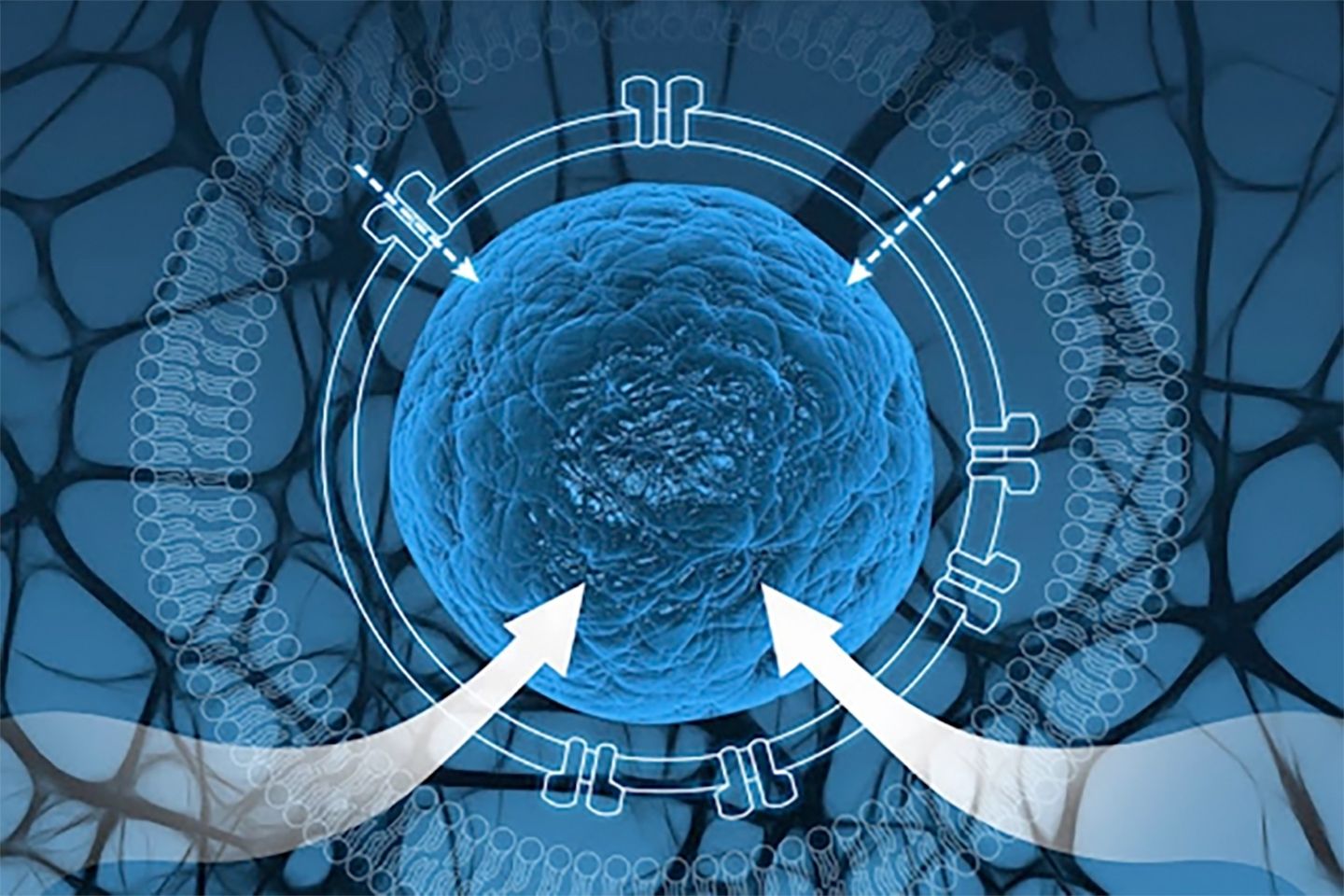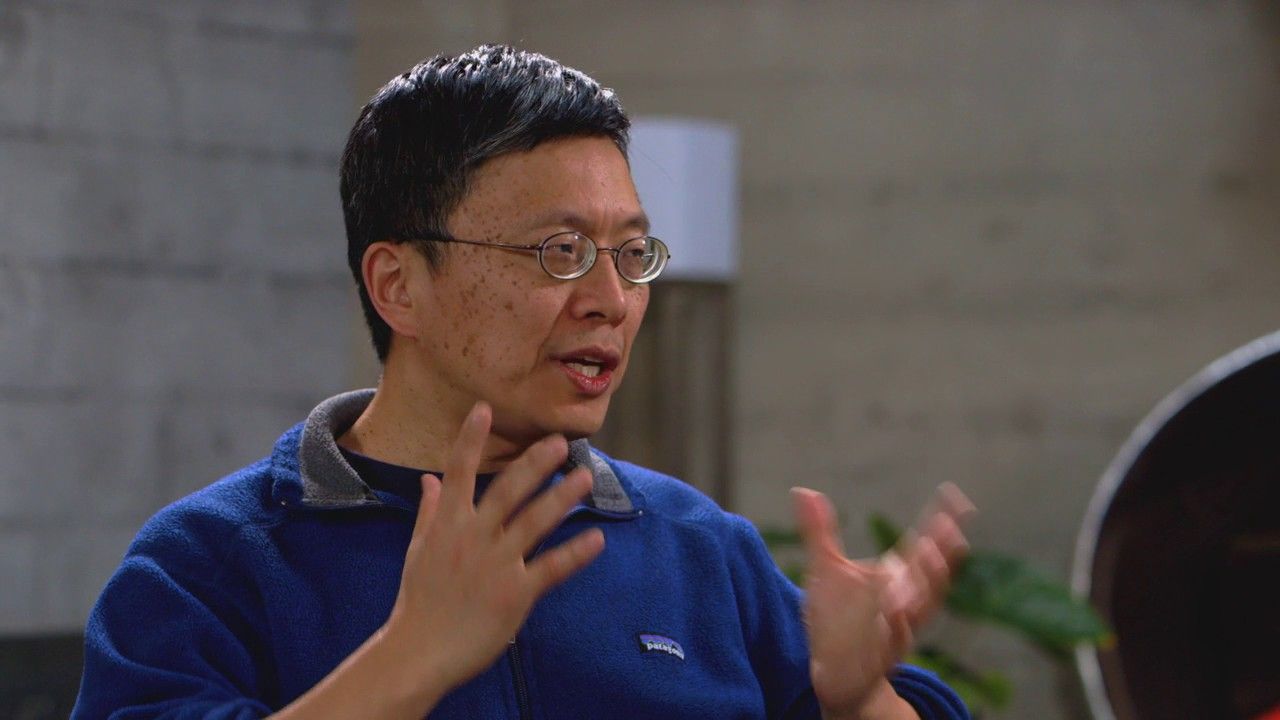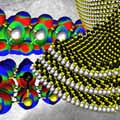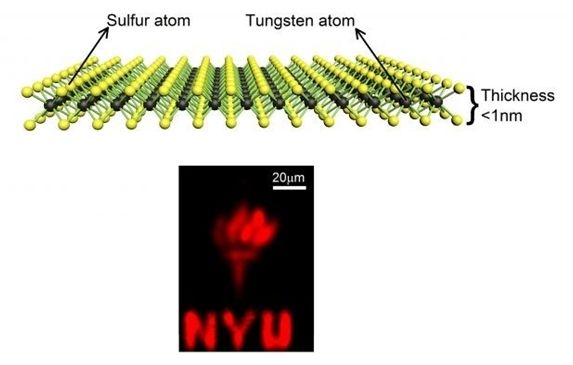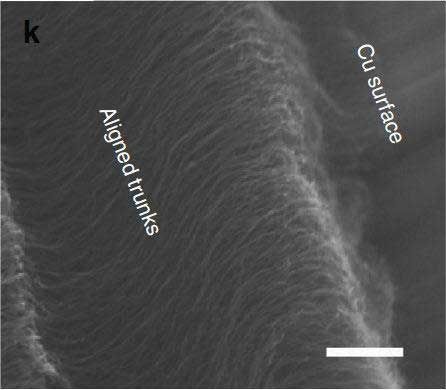Nov 17, 2016
SingularityU: Artificial intelligence to transform every aspect of life
Posted by Karen Hurst in categories: robotics/AI, singularity
Controlling artificial intelligence devices by voice will come soon said AI expert Neil Jacobstein.
Artificial intelligence is set to transform the world, the audience at a Christchurch conference on the future was told.
Artificial intelligence (AI) “allows us to expand the range of the possible, to do things we never thought we could do before,” said Neil Jacobstein who chairs the artificial intelligence and robotics track at Singularity University, a think tank based in California.
Continue reading “SingularityU: Artificial intelligence to transform every aspect of life” »

